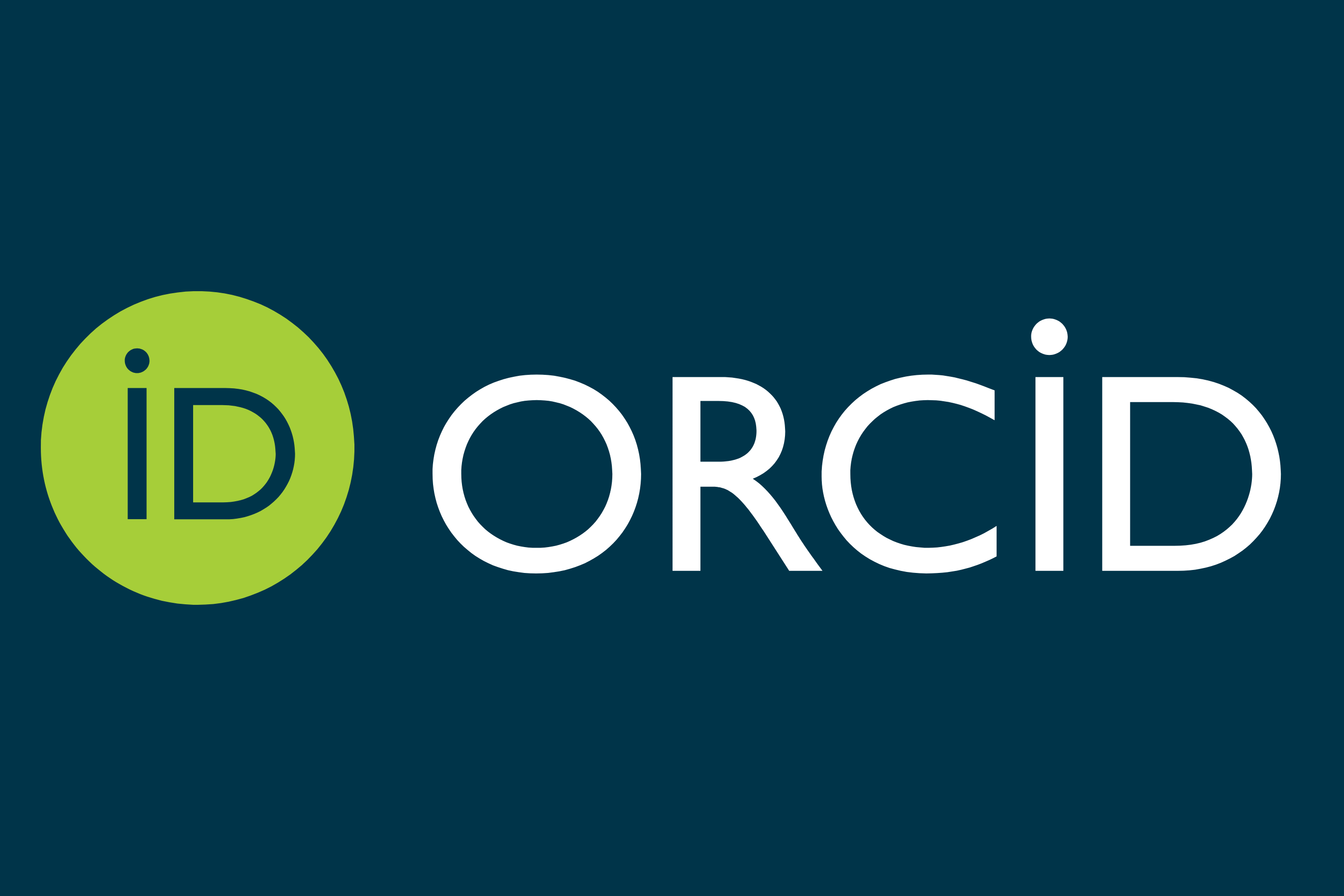Solve the Transportation Problem with Discount Constraints on The Transported Quantity
Keywords:
Linear Programming, Transportation Model, Transportation Cost, Least Cost, Discount, Demand, Supply.Abstract
The transport model is mainly a linear programming model. The main objective of the model is to determine the amount to be transferred from the designated supply source to the place of the specific request, to achieve the lowest total transport cost.
In this research, we will highlight a critical issue by knowing whether or not giving discounts on transport charges may reduce the total cost of transportation and thus increase the revenues of both producers and traders. Our focus on optimization techniques will be to fill the gap between demand and supply by obtaining a discount for the quantity transferred, which in turn affects and reduces the total shipping costs, and contributes to the transformation of the linear transportation model into a non-linear transportation model. We adopted the cost and quantity transportation method as an indicator to determine the transportation plan and estimate the discount rate in the feasible basic solution and the discount table has an effective role in reducing the total costs by using the discount equations.
Downloads
Published
Issue
Section
License
The journal of Administration & Economics is an open- access journal that all contents are free of charge. Articles of this journal are licensed under the terms of the Creative Commons Attribution International Public License CC-BY 4.0 (https://creativecommons.org/licenses/by/4.0/legalcode) that licensees are unrestrictly allowedto search, download, share, distribute, print, or link to the full text of the articles, crawl them for indexing and reproduce any medium of the articles provided that they give the author(s) proper credits (citation). The journal allows the author(s) to retain the copyright of their published article.
Creative Commons-Attribution (BY)









